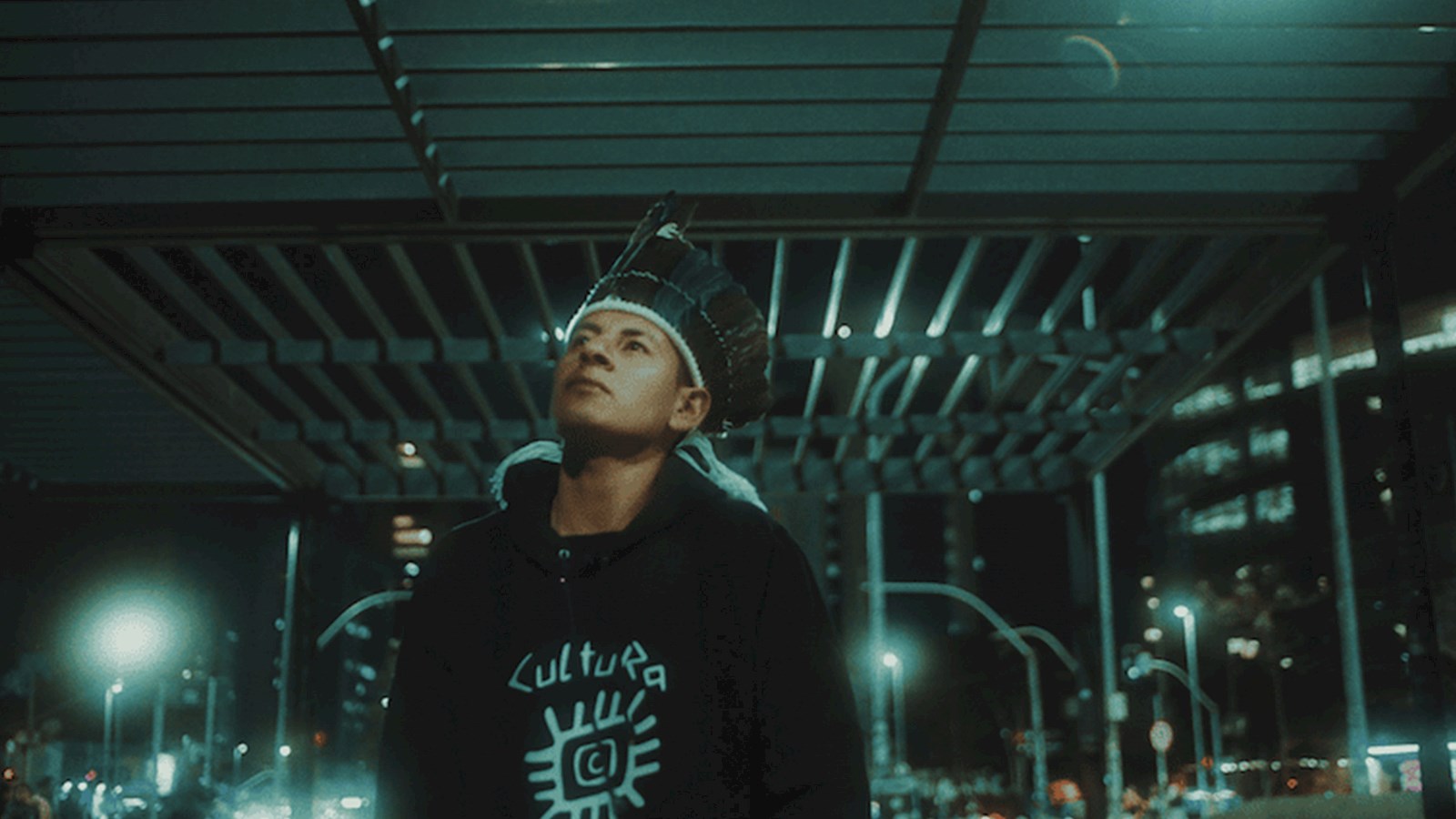
VMLY&R: Vivo’s Brazilian Indigenous Routes

VMLY&R: Vivo’s Brazilian Indigenous Routes
Using technology to transform perspectives on Brazil’s indigenous peoples
Show this article in Portuguese (BR)
There are an estimated 896,917 Indigenous persons in Brazil, distributed across 305 ethnic groups and representing around 274 languages. All too often, though, the experiences and cultures of these groups are homogenised and distanced from Brazilian society.
To address this issue, global technology company Vivo worked with VMLY&R Brazil on a campaign to explore how technology can break the paradigms related to indigenous people today, deconstructing stereotypes and offering a new perspective.
On the International Day of Indigenous Peoples, celebrated on 9 August, Vivo released a film directed by Danilo Arenas, photographer, producer and descendant of indigenous peoples, known for his work addressing social and environmental issues.
To reinforce the multiplicity and proximity of indigenous peoples in Brazilian culture, the film pays homage to current native art, bringing together representatives of various artistic expressions, such as Oz Guarani, the first indigenous rap group in São Paulo.
The campaign film was created to publicise the “Brazilian Indigenous Routes – Art in Present Time” project, launched in August at SP-Arte, Brazil’s foremost art and design event, showcasing artistic performances and content alongside Vivo’s work to support indigenous communities through technology. Vivo hosted an immersive space, called Aity (which means "nest" in Nheengatu, derived from the ancient tupinambá language) which provided a platform for modern indigenous art as well as a space to discuss issues related to prejudice, territories, cultural erasures and symbolic and physical violence – all from a current perspective.
The aim of the project was to promote dialogue about the importance of breaking stereotypes of indigenous peoples and to show how technology and art play an important role in these deconstructions and ruptures, always under the proprietary gaze of indigenous artists.
During the five days of the event, around 20,000 visitors engaged with the works of art by 70 indigenous exhibitors. Within the first week of the campaign’s launch, the campaign's film had more than 1 million views and more than 1.3 million impressions on Instagram, with strong positive sentiment praising the campaign and the brand's positioning.


